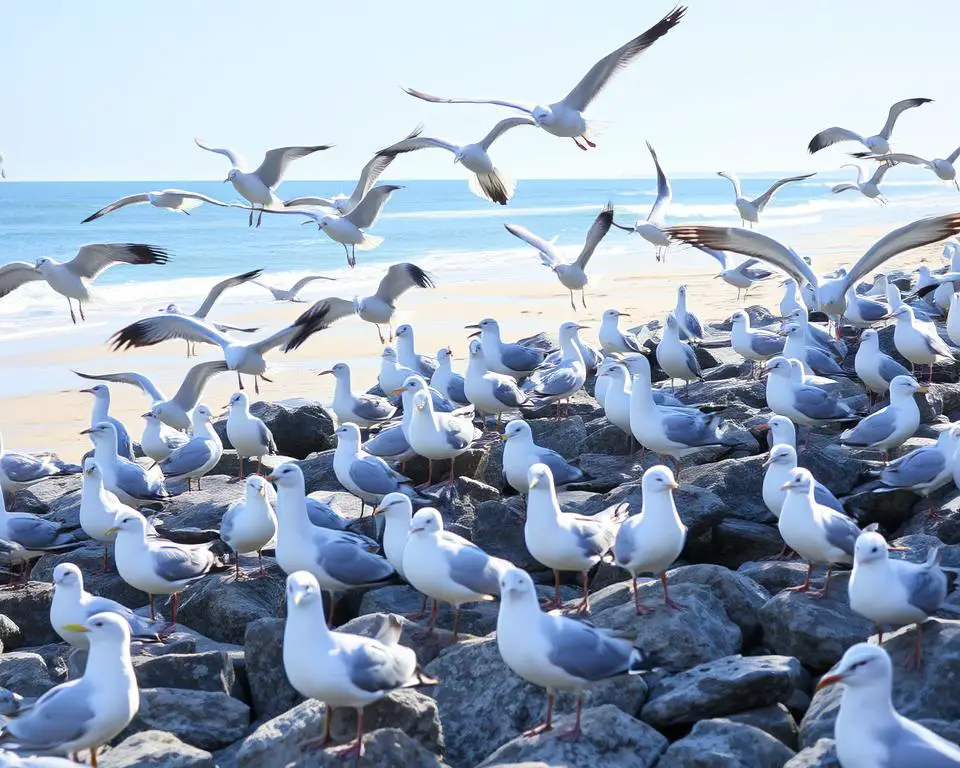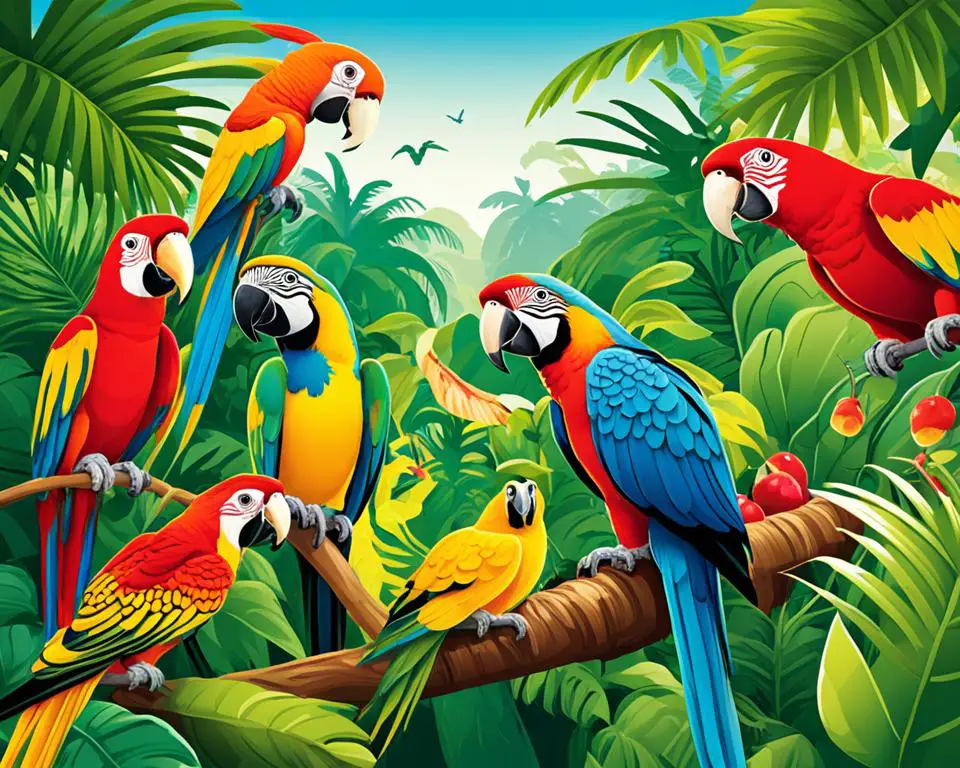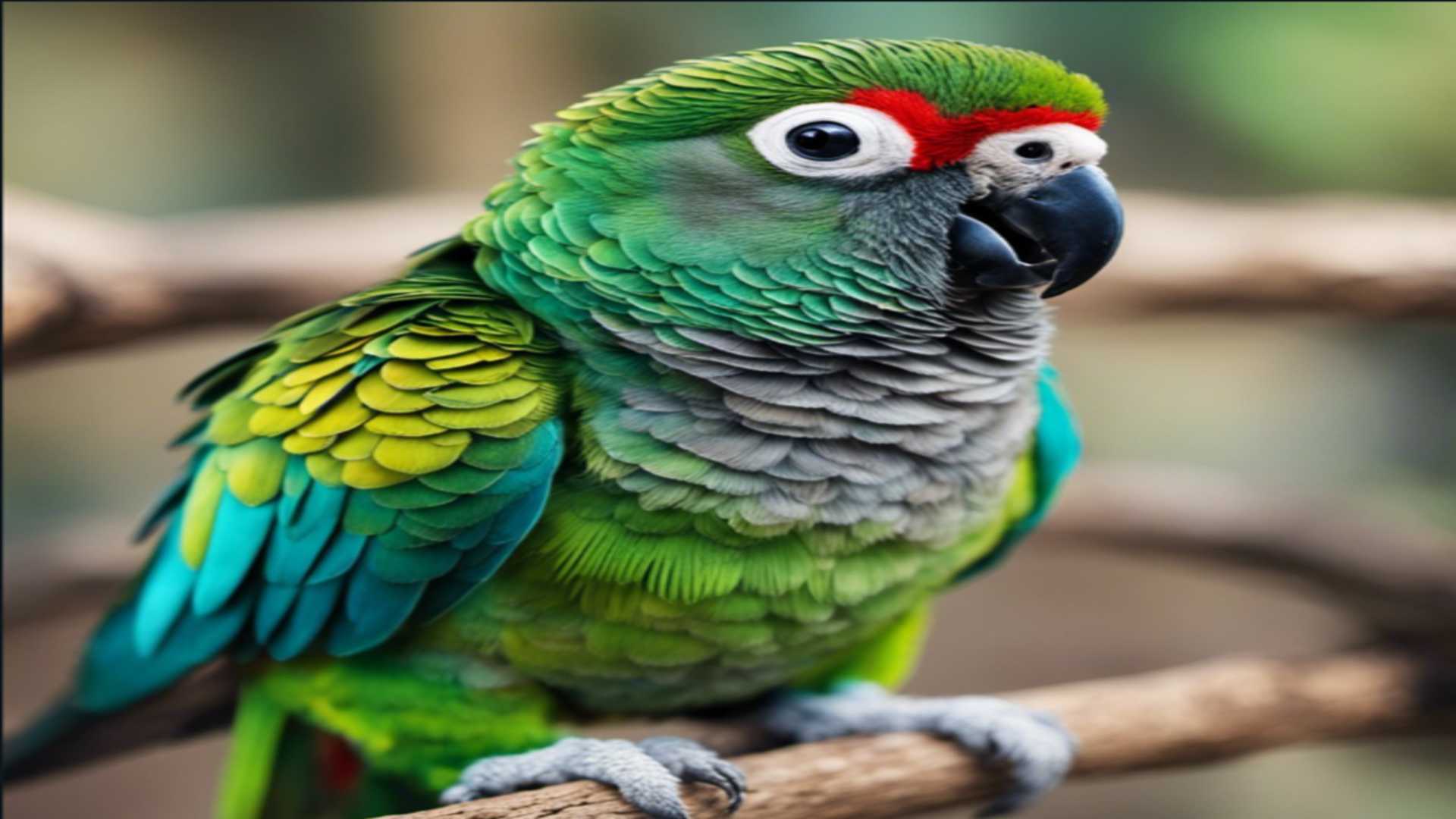The age-old struggle between crows and seagulls is one that continues to captivate the world. For centuries, these two birds have been in a constant battle for resources and territory, making them natural foes.
This article explores the underlying reasons behind this conflict and how it affects their everyday lives.
From food supply competition to territorial disputes, there are several factors that contribute to the crows vs. seagulls war.
Get ready to dive into the fascinating and often overlooked details of this deep-rooted rivalry.
Understanding seagull and crow behavior
Before we can understand the conflict between seagulls and crows, we need to take a closer look at their behavior. They are both highly adaptive birds with different needs and strategies for survival.
8 Reasons why seagulls and crows fight
Now that you know a bit about their behavior, let’s get into the details of why these two species are constantly clashing.
1. Territorial behavior
Seagulls and crows are territorial birds. They will defend their nesting sites, feeding grounds, and roosting areas from other birds.
This territorial behavior is especially pronounced during breeding season when competition for resources is high. Seagulls and crows will often engage in aggressive behavior towards other birds that enter their territory.
2. Aggressive behavior
Seagulls and crows are known for their aggressive behavior towards other birds and animals. They will often dive-bomb and harass other birds to drive them away from their territory.
This behavior is especially common during nesting season when seagulls and crows are protecting their young.
3. Dominance
Within a group of seagulls or crows, there is often a dominant bird that will assert its authority over the others.
This dominance is established through displays of aggression and vocalizations. The dominant bird will often have access to the best food sources and mating opportunities.
4. Group dynamics
Seagulls and crows are social birds that often live in large groups. Within these groups, there is often a hierarchy based on dominance and territorial behavior.
Group dynamics can change depending on the availability of resources and the presence of other birds.
Seagulls and crows are intelligent birds that have adapted to living in urban environments due to the abundance of food sources.
5. The fight for resources
Seagulls and crows are known to fight over food sources. Both birds are scavengers and opportunistic feeders, which means they will eat almost anything they can find.
This often leads to competition for food, especially in urban areas where there are limited resources.
Seagulls are known to be aggressive and will often chase crows away from food sources. However, crows are intelligent birds and will often find ways to outsmart seagulls and steal their food.
6. Kleptoparasitism
Kleptoparasitism is a behavior where one animal steals food from another. Seagulls and crows are both known to engage in this behavior. Seagulls are known to steal food from other birds, including crows.
Crows, on the other hand, are known to steal food from seagulls. This behavior can lead to fights between the two birds as they try to protect their food sources.
Competition for food and kleptoparasitism are the two main reasons why these birds fight. Both birds are scavengers and opportunistic feeders, which means they will eat almost anything they can find.
This often leads to competition for food, especially in urban areas where there are limited resources.
7. Spring Nesting Season
During the spring nesting season, seagulls and crows become more territorial. They begin to defend their nesting sites and breeding territories. Seagulls will aggressively defend their nests, while crows will defend their territories from other crows.
Seagulls are known to be very protective of their nests, and will attack any bird that comes too close. They will use their sharp beaks and claws to defend their eggs and young. Crows, on the other hand, will use their sharp beaks and talons to defend their territories from other crows.
8. Territory Disputes
Territory disputes can occur when two birds try to occupy the same nesting site or territory. This can lead to aggressive behavior, such as fighting and vocalizations. Seagulls and crows will often engage in these disputes during the breeding season.
Seagulls will use their size and strength to intimidate other birds, while crows will use their intelligence and cunning to outmaneuver their opponents. These disputes can sometimes be resolved peacefully, but in some cases, they can escalate into violent fights.
In conclusion, breeding season and territory play a significant role in why seagulls and crows fight.
During the spring nesting season, birds become more territorial and aggressive in defending their nests and territories.
This can lead to disputes and fights between birds, which can sometimes be resolved peacefully, but in other cases, can escalate into violent conflicts.
Which would win in a fight between a seagull and a crow?
It is difficult to determine which bird would win. Seagulls are bigger than crows and are known for their aggressive behavior.
They have sharp beaks and claws that they use to defend themselves and their young from predators. Crows, on the other hand, are smaller than seagulls but are very intelligent. In the end, it would depend on the individual birds and the situation itself.
Physical characteristics and defense mechanisms
Seagulls and crows are two birds that have adapted to living in urban environments due to the abundance of food sources.
Seagulls are large birds, usually ranging from 21-30 inches in length, with a wingspan of about four feet. They have sharp beaks and talons, which they use to scavenge for food and
Crow physical attributes
Crows have a stout, sharp beak that they use for tearing apart their food. They also have strong talons that are capable of grasping and carrying objects.
Their sharp talons are used for hunting and self-defense, as they can inflict serious injuries to predators or other birds.
Crows have a wingspan of up to 40 inches, which allows them to fly at high altitudes and for long distances. They are also known for their strength, which enables them to carry heavy objects.
Seagull physical attributes
Seagulls have long, pointed beaks that they use for catching and holding onto their prey. They also have sharp talons that can grip onto objects and prey.
Their wingspan can range from 3 to 5 feet, which allows them to soar high in the sky and travel long distances. Seagulls are also known for their strength, which gives them the ability to defend themselves against predators and other birds.
In terms of defense mechanisms, both crows and seagulls are known to be highly territorial and will defend their nests and territories aggressively.
They are also capable of using their physical attributes to defend themselves, as discussed above.
The physical characteristics and defense mechanisms of crows and seagulls play an important role in their survival and ability to defend themselves against threats.
Interactions with other species
It is well known, especially in urban areas, that seagulls can become quite aggressive towards other birds. We can definitely mark them as bully birds, as they are known to harass other species of birds and sometimes even kill them.
Crows, on the other hand, are usually more tolerant of other species of birds. They may be territorial at times but are generally not aggressive towards other species.
Interactions with raptors
Seagulls and crows often interact with birds of prey, such as eagles, hawks, and owls. These interactions are usually aggressive, with seagulls and crows harassing and mobbing the larger birds.
In some cases, the larger birds may retaliate by attacking the smaller birds. For example, red-tailed hawks have been known to prey on seagulls and crows.
However, these interactions are relatively rare, and most of the time, the smaller birds are successful in driving off the larger birds.
Interactions with smaller birds
Seagulls and crows also interact with smaller birds, such as sparrows, red-winged blackbirds, and European starlings.
These interactions are often competitive, with the smaller birds trying to protect their territory and resources from the larger birds.
In some cases, seagulls and crows may prey on smaller birds, such as chicks and eggs. However, this behavior is not common and usually only occurs when other food sources are scarce.
Impact of human interaction
Humans have played a significant role in the conflict between seagulls and crows. The availability of food in urban areas has increased the population of both birds, leading to competition for resources.
Human activities such as littering and feeding birds have also contributed to the problem. Littering provides a source of food for the birds, while feeding them alters their natural behavior, making them more aggressive towards each other and humans.
Moreover, human development has encroached on the natural habitats of these birds, leading to increased competition for resources. This competition has led to increased aggression and territorial behavior between the two species.
Read also: How Do Seagulls Know When You Have Food?(Explained)
Birders’ perspective
Birders have observed the conflict between seagulls and crows with interest. Some birders believe that the conflict is a natural part of the ecosystem, while others believe that it is a result of human interference.
Birders have also noted that the conflict between the two species has had an impact on other bird populations. For example, seagulls have been observed attacking and killing other bird species, such as ducks and geese, for their food.
Final thoughts
So, what can we learn from the conflict between seagulls and crows?
It is clear that human activities, such as littering and encroaching on natural habitats, have had an impact on these birds. But it is not only our activities that are causing the conflict.
They are naturally predatory species, and their interactions with each other reflect this. As birders, we can observe and learn from their behavior so that we can better understand the effects of human activities on the environment.
Want to learn more about seagulls?
Ready to boost your knowledge to the next level? If so, check out the articles below:
- Can Seagulls Drink Salt Water? (3 Minutes Read)
- Can Seagulls and Pigeons Breed? (Explained For Beginners)
- Do Seagulls Attack Humans? Are They Aggressive? (Explained)





